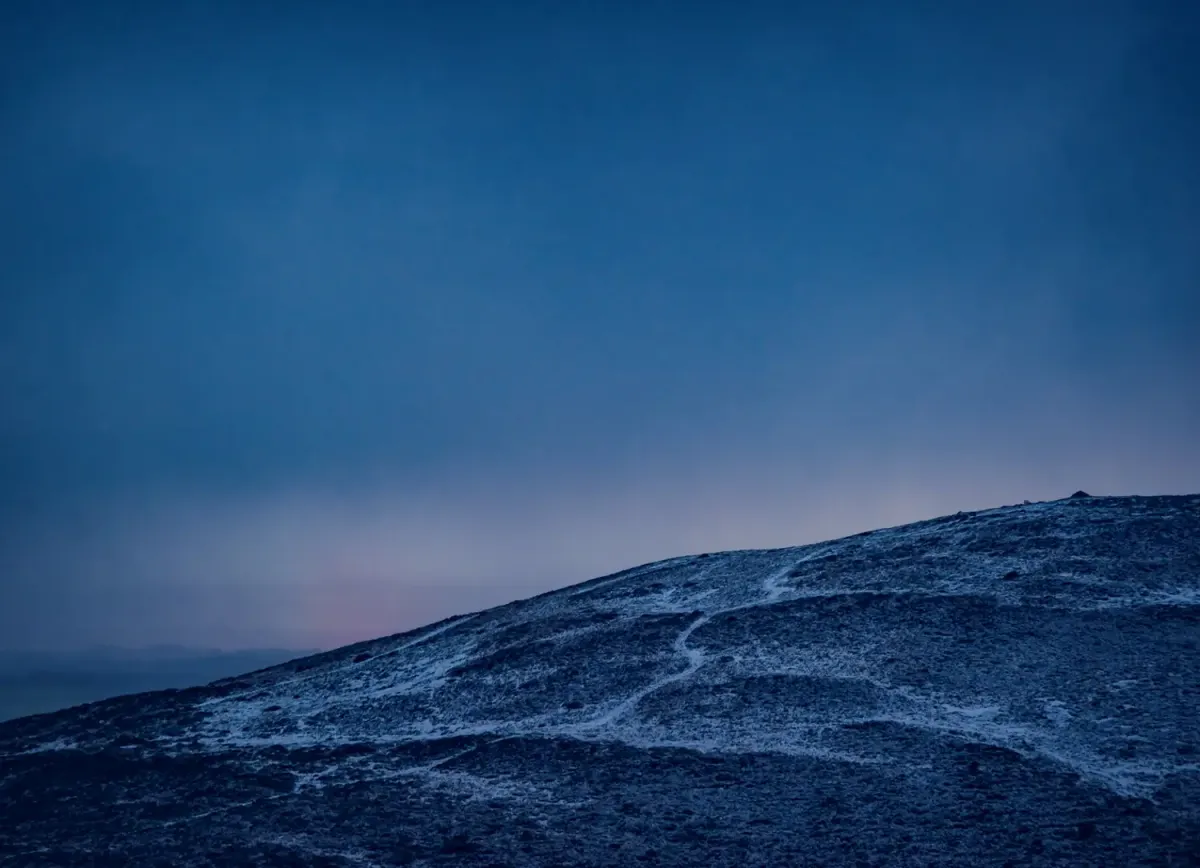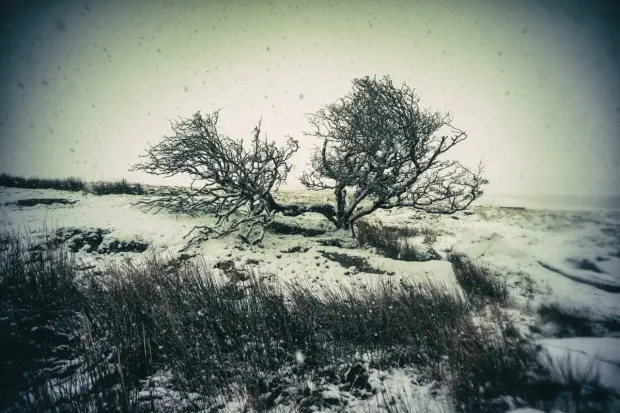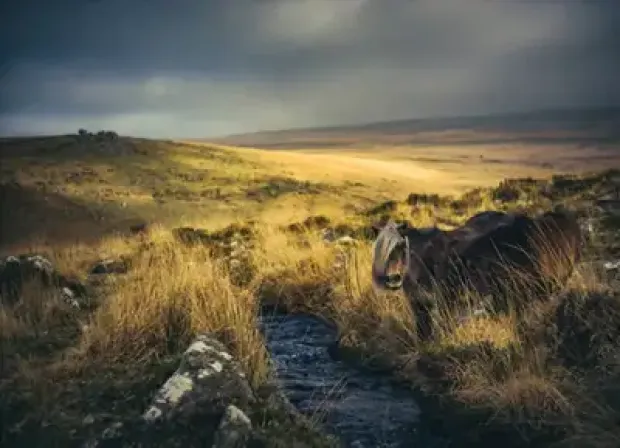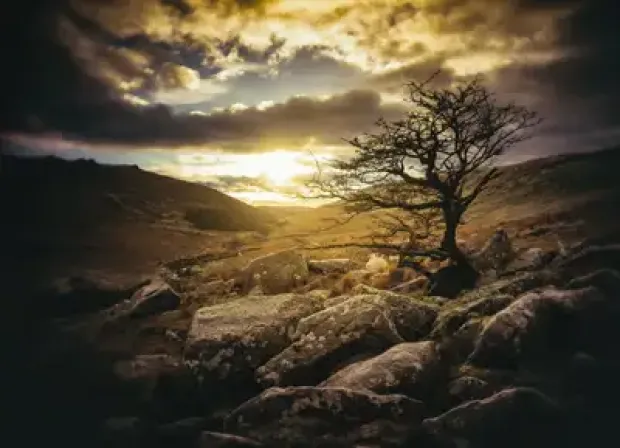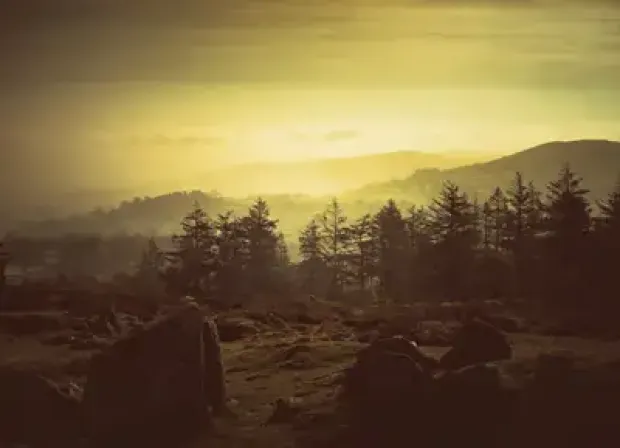In 1967 there were eighteen deaths from exposure (hypothermia) and frostbite on British hills and mountains.
Dartmoor had its share.
In April that year there was still snow on High Willhays.
Junior Private Barry Jones died of exposure, aged just fifteen years, during a map reading expedition on the north moor.
He was in a group of eight Junior Privates, inadequate clothing was deemed a contributory factor.
Local GP and councillor Dr. Charles Jones prompted Okehampton Borough Council to buy 250 copies of the British Mountaineering Council leaflet "Exposure" (BMC 380).
It was distributed to youth organisations, hotels, guesthouses and notice boards around the borough. In May, the Ten Tors expedition, organised by the Army, had icy rain and dense mist.
Over one hundred participants were still on the moor on Monday morning, it was supposed to finish on Sunday afternoon.
The weather for Ten Tors 1987 is still regarded as one of the worse to date.
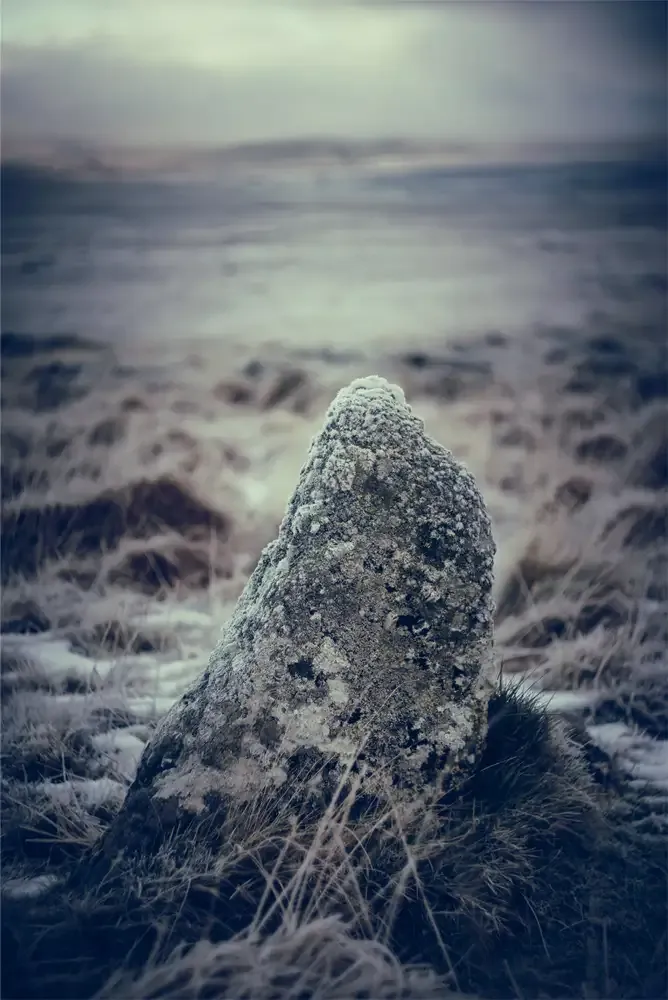
The British Army had used Dartmoor for training since Napoleonic times; Okehampton camp was built at the end of the 19th century. In the Second World War almost the whole moor was used for training, this continued to include training for the Suez crisis in 1956 through to the present day.
Both Mons (Aldershot) and Eaton Hall (Chester) Officer Cadet Training Units set up battle schools at Okehampton Camp. The BMC pamphlet "Exposure" was issued throughout the Army during the summer of 1967 but the copies sent to Mons Officer Cadet School in Aldershot were not received.
Exercise Baskerville was a British Army navigation exercise from Ripon Tor to Okehampton Camp. It was held regularly and, until 1967, trained 2,171 cadets without serious injury or incident.
On exercise in November 1967 were fifty-seven officer cadets from the Mons Officer Cadet School, seventeen of them from Commonwealth countries. They were in patrols of three or four students, each with a different route of about twenty miles.
Equipment included maps, compasses, binoculars, flare guns (Verey pistols), torches and field dressings. For foul-weather each student was equipped with a cape or "poncho" only intended to be showerproof. They also carried A41 radios and rifles.
On the evening of 1st November 1967 Dartmoor gave its normal weather for that time of year – cold, driving, rain. These were not raw recruits. Officer Cadet Ugba, 28, from Nigeria, was a sergeant with ten years service, including active service in the Congo. Officer Cadet Kalani (aged between 20 and 24), from Kenya, had completed an Outward Bound course and expeditions to Mount Kilimanjaro. Both died.
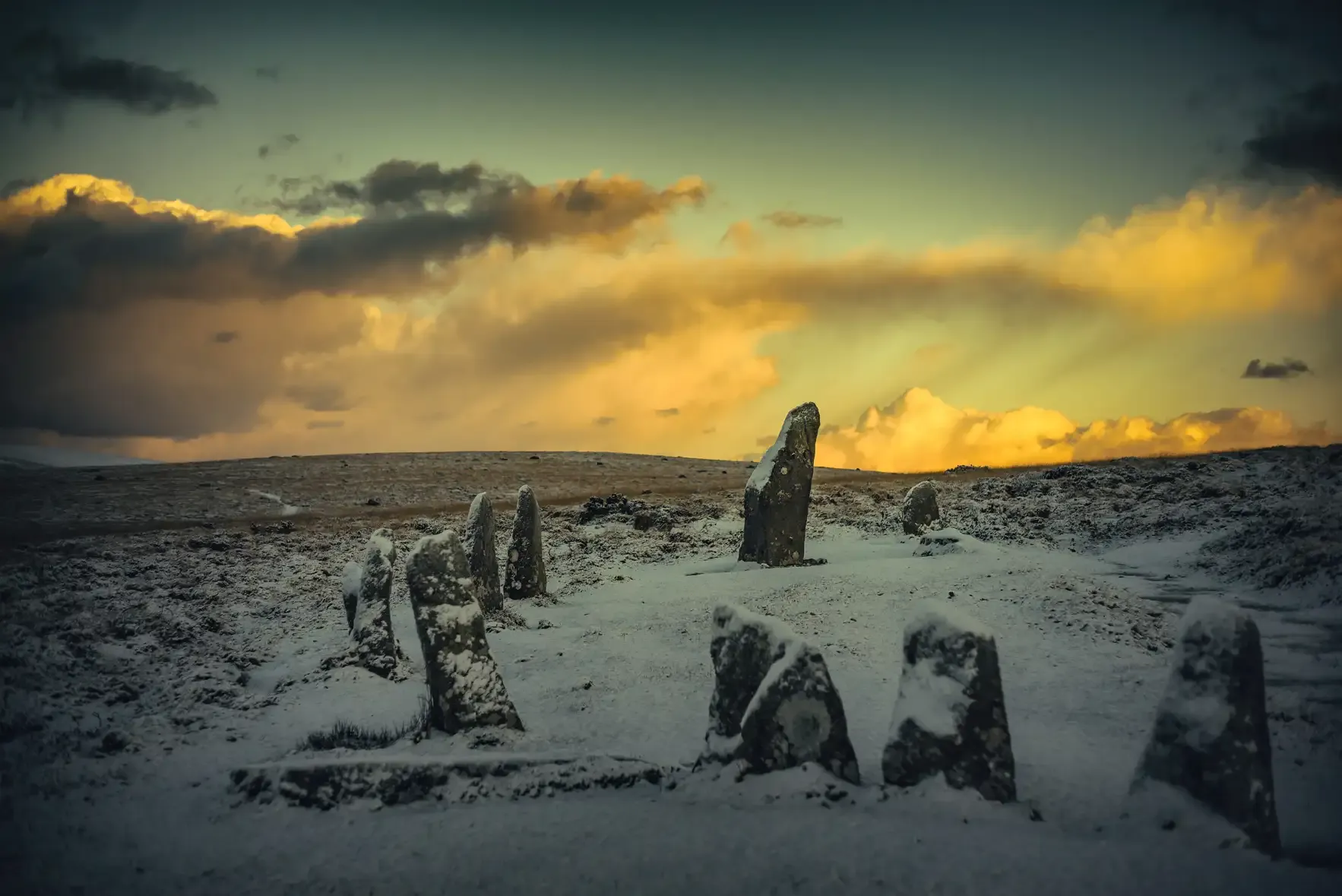
They were in different patrols, but their stories seem similar.
They became progressively weak but the symptoms of hypothermia were not recognised. Once the casualty collapsed the only treatment known to their fellow cadetswas to give expired air resuscitation (mouth-to-mouth).
Officer Cadet Gabriel Ugba probably collapsed at or near Great Kneeset. The nearest rough track accessible by Landrover would have been at Dinger Tor, where there was an observation post (now removed).
It must have taken quite an effort to carry the casualty that distance. Once there he was transported to Okehampton War Memorial Hospital, where he was pronounced dead.
It appears that Officer Cadet Harrison Kalani was first in trouble on the banks of Ladybrook on the side of Cosdon Hill. His group’s radio had broken and, with only one torch for the whole group, a heroic effort was made by Cadet Pyemont to raise the alarm. It took a civilian, Frank Woodward of Belstone, to guide the rescue party to the casualty, but they had no stretcher.
One finally arrived but Harrison Kalani succumbed five hours after the first alarm was raised.
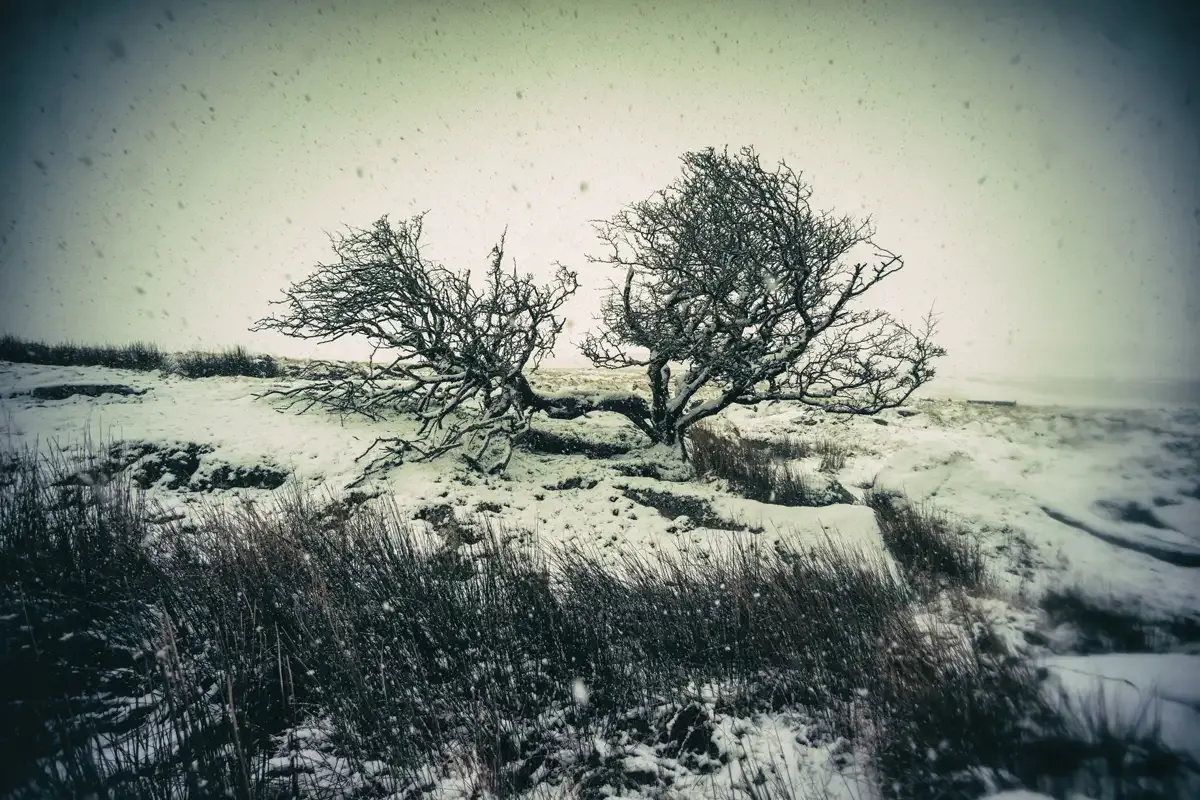
At the inquest on 20th November the Coroner said "there was neglect or negligence but not criminal negligence".
The cause of death was "Cold and exhaustion" with a verdict of "Misadventure".
An MOD publication, "Survival Against The Elements", was finally produced over six years later in 1975.
By then the Dartmoor Rescue Group had been setup and was equipped and functional, partly because of these incidents, spurred on by the indomitable Dr. Jones.

Clive Darke
Clive was formally the Chair of NDSART (North Dartmoor Search and Rescue Team) Supporters Group and is a volunteer at the Museum of Dartmoor Life - he is wonderfully engaging chap, brimming full of interesting stories, and not only about Dartmoor.
The black and white photographs were taken by me using a large format film camera on a walk to Sheslstone Tor.
This article was originally written for the predecessor of this website, it's namesake ... a zine called "Our Dartmoor"
